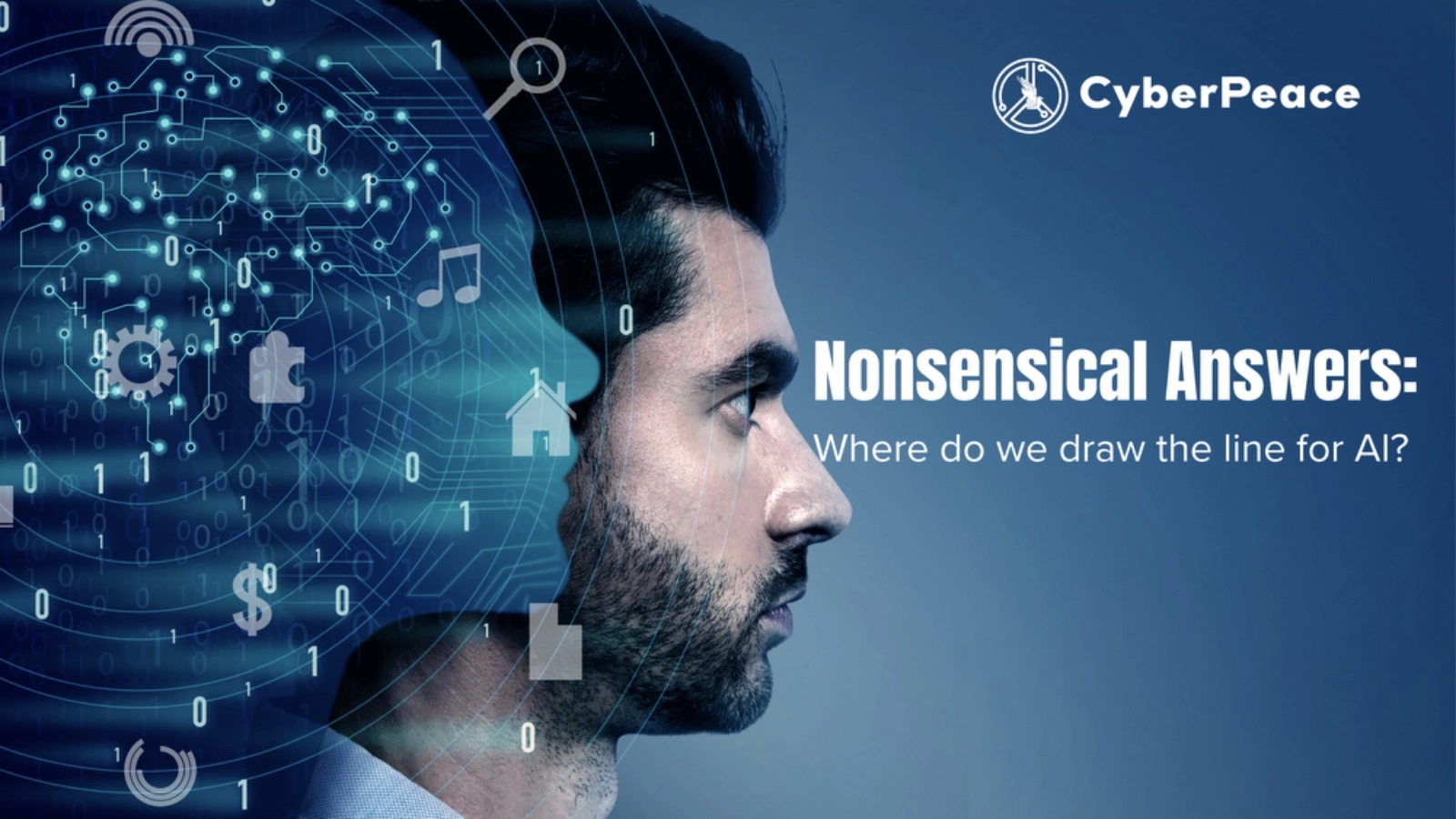Bharat National Cyber Security Exercise, 2024 - Harmonising Efforts in the Indian Cybersecurity Space
Introduction:
The National Security Council Secretariat, in strategic partnership with the Rashtriya Raksha University, Gujarat, conducted a 12-day Bharat National Cyber Security Exercise in 2024 (from 18th November to 29th November). This exercise included landmark events such as a CISO (Chief Information Security Officers) Conclave and a Cyber Security Start-up exhibition, which were inaugurated on 27 November 2024. Other key features of the exercise include cyber defense training, live-fire simulations, and strategic decision-making simulations. The aim of the exercise was to equip senior government officials and personnel in critical sector organisations with skills to deal with cybersecurity issues. The event also consisted of speeches, panel discussions, and initiatives such as the release of the National Cyber Reference Framework (NCRF)- which provides a structured approach to cyber governance, and the launch of the National Cyber Range(NCR) 1.0., a cutting-edge facility for cyber security research training.
The Deputy National Security Advisor, Shri T.V. Ravichandran (IPS) reiterated, through his speech, the importance of the inclusion of technology in challenges with respect to cyber security and shaping India’s cyber strategy in a manner that is proactive. The CISOs of both government and private entities were encouraged to take up multidimensional efforts which included technological upkeep but also soft skills for awareness.
CyberPeace Outlook
The Bharat National Cybersecurity Exercise (Bharat NCX) 2024 underscores India’s commitment to a comprehensive and inclusive approach to strengthening its cybersecurity ecosystem. By fostering collaboration between startups, government bodies, and private organizations, the initiative facilitates dialogue among CISOs and promotes a unified strategy toward cyber resilience. Platforms like Bharat NCX encourage exploration in the Indian entrepreneurial space, enabling startups to innovate and contribute to critical domains like cybersecurity. Developments such as IIT Indore’s intelligent receivers (useful for both telecommunications and military operations) and the Bangalore Metro Rail Corporation Limited’s plans to establish a dedicated Security Operations Centre (SOC) to counter cyber threats are prime examples of technological strides fostering national cyber resilience.
Cybersecurity cannot be understood in isolation: it is an integral aspect of national security, impacting the broader digital infrastructure supporting Digital India initiatives. The exercise emphasises skills training, creating a workforce adept in cyber hygiene, incident response, and resilience-building techniques. Such efforts bolster proficiency across sectors, aligning with the government’s Atmanirbhar Bharat vision. By integrating cybersecurity into workplace technologies and fostering a culture of awareness, Bharat NCX 2024 is a platform that encourages innovation and is a testament to the government’s resolve to fortify India’s digital landscape against evolving threats.
References
- https://ciso.economictimes.indiatimes.com/news/cybercrime-fraud/bharat-cisos-conclave-cybersecurity-startup-exhibition-inaugurated-under-bharat-ncx-2024/115755679
- https://pib.gov.in/PressReleasePage.aspx?PRID=2078093
- https://timesofindia.indiatimes.com/city/indore/iit-indore-unveils-groundbreaking-intelligent-receivers-for-enhanced-6g-and-military-communication-security/articleshow/115265902.cms
- https://www.thehindu.com/news/cities/bangalore/defence-system-to-be-set-up-to-protect-metro-rail-from-cyber-threats/article68841318.ece
- https://rru.ac.in/wp-content/uploads/2021/04/Brochure12-min.pdf





